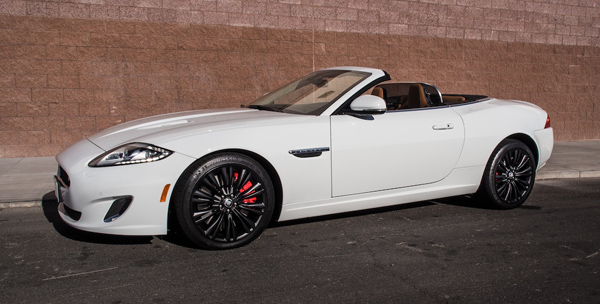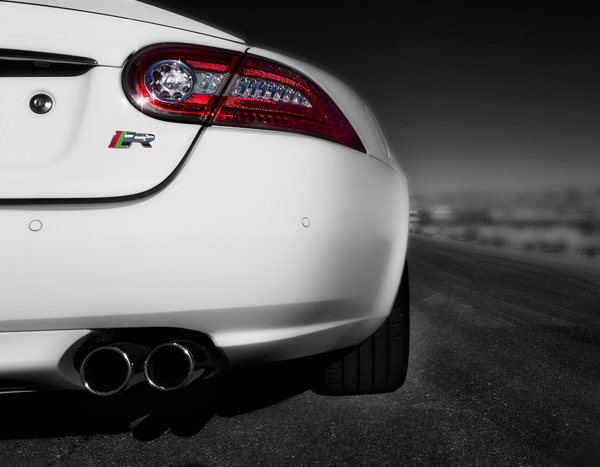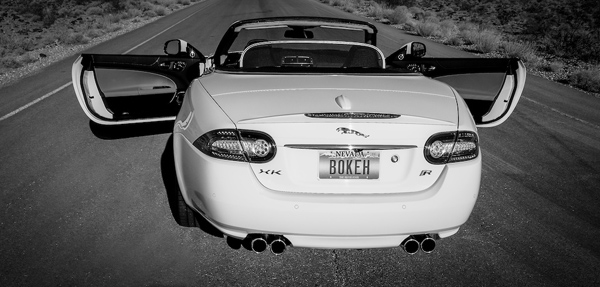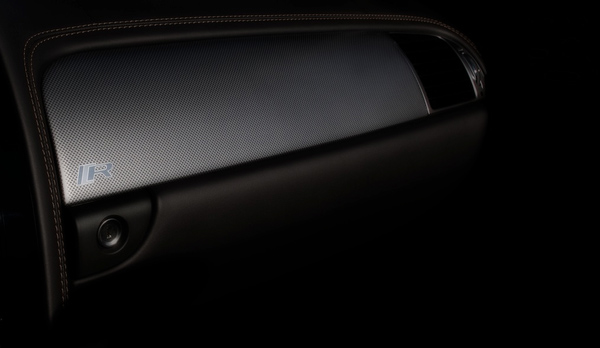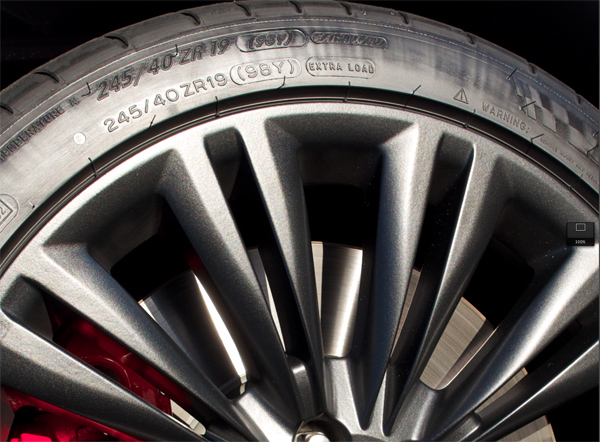Pro Review: Is the Olympus OM-D the perfect digital camera?
posted Saturday, July 21, 2012 at 2:09 PM EDT
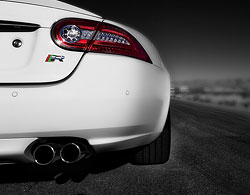 Why would you carry a heavy camera when a lighter one would do the same job? That's a question they have been asking at Olympus for decades. Waaaay back in 1974, I was the proud owner of an Olympus OM-1 MD. It was a trend-setting 35mm film camera in many ways, not the least of which was its light weight.
Why would you carry a heavy camera when a lighter one would do the same job? That's a question they have been asking at Olympus for decades. Waaaay back in 1974, I was the proud owner of an Olympus OM-1 MD. It was a trend-setting 35mm film camera in many ways, not the least of which was its light weight.
Fast forward to today and Olympus has done it again - they've introduced a new digital version modeled after the OM-1 called the OM-D. Okay, it's actually called the OM-D E-M5. I don't know who names these things but he or she should be reassigned.
The Olympus E-M5 is the natural progression from the Olympus PEN E-P3. At the time of this writing the street price for the body-only version of the E-M5 (available in silver or black) was $999 less a $70 mail-in rebate, good through July 21, 2012. For about $300 more you can get the 12-50mm kit lens if you purchase it with the body (it's about $500 by itself).
The Olympus E-M5 is much more squarely aimed at the prosumer market. Like the E-P3, the OM-D is a lightweight, Micro Four Thirds camera that has interchangeable lenses. Thankfully, all the lenses that work on the E-P3 (or any other Micro Four Thirds camera) will work on the OM-D, along with all the various accessories already sold in the PEN line. (The only accessory that will not work is the E-P3 battery.)
For a guy like me who already owns all the cool stuff for the E-P3, this is great news.
Olympus makes some great (and under-rated) lenses for this format, and two lenses in particular that, when paired with the OM-D, make for a stupendous combination of quality and light weight.
I tested the OM-D briefly with the kit lens. It's a variable zoom 12-50mm f/3.5 to f/6.3 (which as per usual Olympus' silly factor does NOT come with a lens hood -- if you want one it's an extra $34.99 from Oly: Model LH-55B.) It's capable for a zoom, but I am not a zoom fan and this one is good, but nothing special. Magic -- and I mean REAL magic starts to happen, however, when you throw on the Olympus M.Zuiko 12mm f/2.0 lens (24mm equivalent focal length) or the Olympus M.Zuiko 45mm f/1.8 lens (90mm equivalent focal length.) Then you have some pretty amazing opportunities.
The OM-D has an articulating three-inch OLED touchscreen that is absolutely beautiful. Like all these screens it's hard to use in bright light, but I will say it is useable and better in sunlight than most. It's just not AS useable as it would be in shade, dim or low-light conditions. The OM-D also offers a new five-axis image stabilization system that promises to outperform previous camera body-based stabilization systems. More on that in a moment.
One of the craziest and coolest new features of the OM-D is the Continuous mode, which offers up to nine frames per second (fps) in single auto-focus mode. Yep, nine fps. I tested this and it really works. It allows for hand-holding of some marginal shots because you can fire a nine-shot burst and pick one in the middle, which will usually be more stable. The camera shoots at a respectable 4.2 fps in continuous autofocus mode (tracking) without image stabilization, 3.5 fps with.
Speaking of autofocus, Olympus touts the AF on the OM-D as the fastest in the world. I have no way to prove or disprove that promise, but I can say the AF is absolutely fast; it doesn't hunt and seek. It's spot on in most (but not all) situations. Like most cameras in this class, in lower light the AF speed and accuracy falls off.
The sensor is all new. It's a brand new 16-megapixel Live MOS image sensor. The new sensor provides much better low-light performance. This, combined with the ability to add a battery pack to the bottom of the camera makes the OM-D more competitive with the current crop of higher-end DSLRs.
For me, the specs never really matter much. What counts for me is what kind of images I can make when I'm out using the camera in real-life situations.
I have an advantage when using the OM-D because I am a regular user of the E-P3 and many of the menus and controls look familiar. But the OM-D is far more customizable. You can set this camera up pretty much any way you like and keep it there, which I really like. Not so much to like is the amount of menu-hopping you have to do to achieve this. Like many cameras sold today, the OM-D has a bunch of nested menus that can drive even a calm person batty. But it's worth the trade-off when you look at how customizable it is.
The camera handles really well. Whether or not you like its size will be dependent on your physical make up and preferences. I am a big guy but I like a small camera that's easy to carry. And I like a well-built camera. This one is. But what about image quality? It's great. Exposure was consistently about a third of a stop under-exposed on my test unit, but otherwise the camera did an amazing job in all the ways you want it to. The button placement takes some getting used to, especially if you've added the grip, but after an hour or so shooting I had it all figured out.
I only shot a few images in JPG mode and they looked good but got soft fast using the default JPG noise reduction. You can turn that off -- something many reviewers have apparently not discovered. Once turned off, the JPG images were all consistently good. The auto white balance works very well and there's little color fringing or discoloration. Shooting in RAW mode, the camera produces very high quality images, but there is some noise at the higher ISOs. The new built-in image stabilization is camera-body based. Usually I'm not as big a fan of these systems as I am lens-based IS. But in this case, I'm a convert. The five-axis stabilization really works.
Video. I've always thought Olympus did a decent job with video and now things have improved in this department. Olympus got rid of the dreaded MTS containers and replaced them with MOV, making files generally easier to work with. YAY! Olympus also significantly reduced rolling shutter on this camera. This is in part thanks to the new five-axis image stabilization.
While Oly dropped the ball not including a mic jack right on the camera, the good news is that you can use their accessory slot on the top of the built-in viewfinder to mount the Olympus SEMA-1 Mic Adapter Set ($60 street price) and solve that problem. I've used that accessory on the E-P3 to wire up lav mics on people being interviewed and it produces wonderfully clean audio for a $60 interface.
There's a dedicated video button and the video is 1080i.
Olympus HLD-6 Battery Holder
If you're not concerned with ultra light weight and/or you just want a beefier grip, as well as longer battery life, Olympus sells the Olympus HLD-6 Battery Holder. Street price is $299. It's a two piece kit that offers both a grip and a battery holder. You can use the grip alone but at $300 that is one expensive grip. You cannot use the extra battery holder without the grip. So you put the grip on first, then the battery holder.
Unlike many of the battery holders I've used from Canon and Nikon this one is solidly built. It's quirky in its design since you have to line up all these pins, but Oly paid attention to detail here too. You get a little indented place on both pieces where you store the small rubber covers that have to be removed in order to install the grip. The grip's placement doesn't interfere with adding a memory card or accessing the cable door. It's also made of heavy duty magnesium alloy and has buttons, so it functions in either landscape or portrait mode with dedicated shutter release for each.
The grip has two built-in function buttons that can be programmed independently of the function buttons on the OM-D. There's also a DC-IN jack for continuous powered shooting (requires the optional AC-3 Power Adapter)
Shooting with the OM-D
When I evaluate a camera all that matters to me is what the images end up looking like. I am NOT a pixel peeper. All I care about is enough raw material to take the image into post and out to my client so I can get paid.
Time is money, so I do prefer to get as much right in the camera as possible. I have a two-minute rule in most cases. That means I spend no more than two minutes in post. I know what I want when I'm shooting and as long as I can create something in-camera that can get me there, I'm good to go.
The OM-D proved to be very capable at getting me everything I needed on this car shoot. I photographed my new Jaguar XKR convertible for a calendar submission. I made several shots and took several different approaches. Each time the camera was right there.
Let's look at the establishing shot. Here I used the 12mm lens from a sitting position to shoot the entire car against a plain background. It was high but direct sunlight. The camera did a good job of holding the highlights and delivering a decent amount of shadow detail. The OM-D body I am using tended to meter everything about 1/3 of a stop too dark, which in this case was just about right. The high contrast of a white car with black wheels really shows what the OM-D is capable of. Would I like a bit more shadow detail? Yes - but it's no big deal. It's enough to make the shot salable and surprising given the small size of the sensor. There's plenty of latitude to work with here.
The next shot of the Jag's rear was made with the intent to convert to B&W but I wanted to leave some color. A quick conversion in Photoshop to B&W on a layer and then masking off the places where I wanted color did the trick. Once again, the camera does a good job of holding just enough detail across the spectrum. I was really surprised when I brought this photo into post how it exhibited very little distortion or chromatic aberration. With small sensors and super-wide lenses those are usually problems to contend with, but not so in this case.
I wanted a full-on black and white shot with the doors open and I had to get up and shoot down to avoid a difficult background. Again, normally I'd expect more distortion than I see here so I was pleasantly surprised. The lightweight camera made it easy to maneuver into odd places and unusual angles. I'd have grown very tired of all this with a heavy D4 or 1DX, but I was able to shoot all day thanks to the long-life battery and light weight of the OM-D.
Speaking of tight places, one of the toughest things for me is getting good interior car shots because I am horizontally challenged and I don't like working with booms or jibs. That's too much stuff to carry. The small size of the OM-D makes it easier to get into tight places and yielded a chance to get this shot of the carbon fiber glove box with the distinctive Jaguar racing logo. I lit this with an LED flashlight in my garage holding the flashlight in one hand and the camera in the other. The nine frames per second combined with the new five-axis stabilization made it easy to get a rock-solid shot even with a 1/30th of a second shutter speed.
This close up of the wheel is a 100% crop straight out of the camera, with no adjustments in either the RAW converter or any other post-processing (click image for actual 100% crop). There's an amazing amount of detail. Granted, it's shot at ISO 400 so there's minimal noise, but it is very exciting to see what the Olympus was able to do with this Live MOS sensor. There is some color noise in the wheels, but it's the kind that takes a one-click fix in post. And since all I care about is the finished product, I'm very satisfied with the camera's noise-to-detail ratio. And frankly, when I saw how many pixels they crammed onto this small sensor I didn't expect that.
Five photos above by Scott Bourne - Attribution-NonCommercial-NoDerivs Creative Commons
Complaints
I have a few complaints about this camera even though I like it. As with all the Olympus cameras I've used, you have to update the firmware by connecting the camera to the Internet with a weird USB cable which I am sure to misplace. When I asked Olympus about this they claimed it's required due to the size of the update files. Okay, sure, like the updates for Canon and Nikon cameras aren't similarly large? I really hate this about Olympus, but it looks like they can't figure out how to deliver updates like everyone else via download to a memory card, so be warned.
I am also not a fan, as I previously mentioned, of all the nested-menus or the lack of the lens hood for the kit lens. Speaking of the kit lens -- there's no built-in chromatic aberration correction and on that and most of the Oly zoom lenses you'll wish you had CA correction.
Then there's the 16-megapixel sensor. Sigh. Olympus was one of the companies that seemed to be immune to megapixel madness, but alas, marketing departments in Japan have decided that people want higher resolution even though it introduces more noise. The E-P3 was 12 megapixels, and had Olympus made the OM-D the same resolution I'd probably be telling you this is the camera of the year. They manage (with their new Live MOS sensor) to make this work much better than I expected, but just think how great it would be if that technology were applied to a 12-megapixel sensor instead of the unnecessary 16-megapixel beast!
Lastly, the camera is a bit expensive. Some photographers will ask why spend the money to buy an OM-D when you can get into a D7000 or 7D for similar money? The reason for me is simple. I want access to the very affordable fast lenses in the Olympus Micro Four Thirds format, especially their 12mm and 45mm lens, and I suspect the 75mm f/1.8 lens. The second reason for me is these cameras and lenses are very lightweight compared to my Nikon and Canon cameras.
Conclusion
The OM-D is not a perfect camera, but there's no doubt in my mind that it's the best Micro Four Thirds camera money can buy. The fact that it's on back-order at most of the usual places is proof of its popularity. It's not for everyone, and that may be the point. If you want something that is capable and different, this is your camera.
Shooting with the OM-D is very satisfying. Even though there are limitations inherent with a small sensor, I have no doubt that for everything but fast-action sports, I could use this camera day-in and day-out and make a comfortable living with it. I didn't get to try the new 75mm lens on the OM-D but I can't wait to. This is a serious camera that can accomplish serious work. Don't let the small size fool you -- it's the real deal.
Mirrorless cameras are nearly half the market in Asia and I believe they are the future. There's no doubting that in image quality they are catching up to the APS-C sensor-based cameras. They're also catching up on better low-light performance (thanks to heavy engineering on the chip/processor side) and they are catching up on value as well. They are ahead of the game when it comes to weight, quiet operation and affordable, fast lenses. Will they ever take the place of a Nikon or a Canon? Only time will tell. The Olympus company has had lots of business struggles lately, but they aren't struggling when it comes to camera-making. They nailed it with the OM-D.
There's something very appealing about the OM-D, despite its quirky nature. In the hands of the right person this is a powerful image-making tool. It's a genuine step up from the E-P3 and similar cameras both in quality, features and price. I think it's well worth it.
Highly recommended.
Like what you've heard so far? For more on the E-M5, read the Imaging Resource Olympus E-M5 review, complete with our usual suite of test images, performance timing, etc.
Buy the Black or Silver OM-D E-M5 12-50mm kit lens at Adorama
Buy the Black or Silver OM-D E-M5 body at Adorama
Buy the Black or Silver OM-D E-M5 12-50mm kit lens at Amazon (~$1,499)
